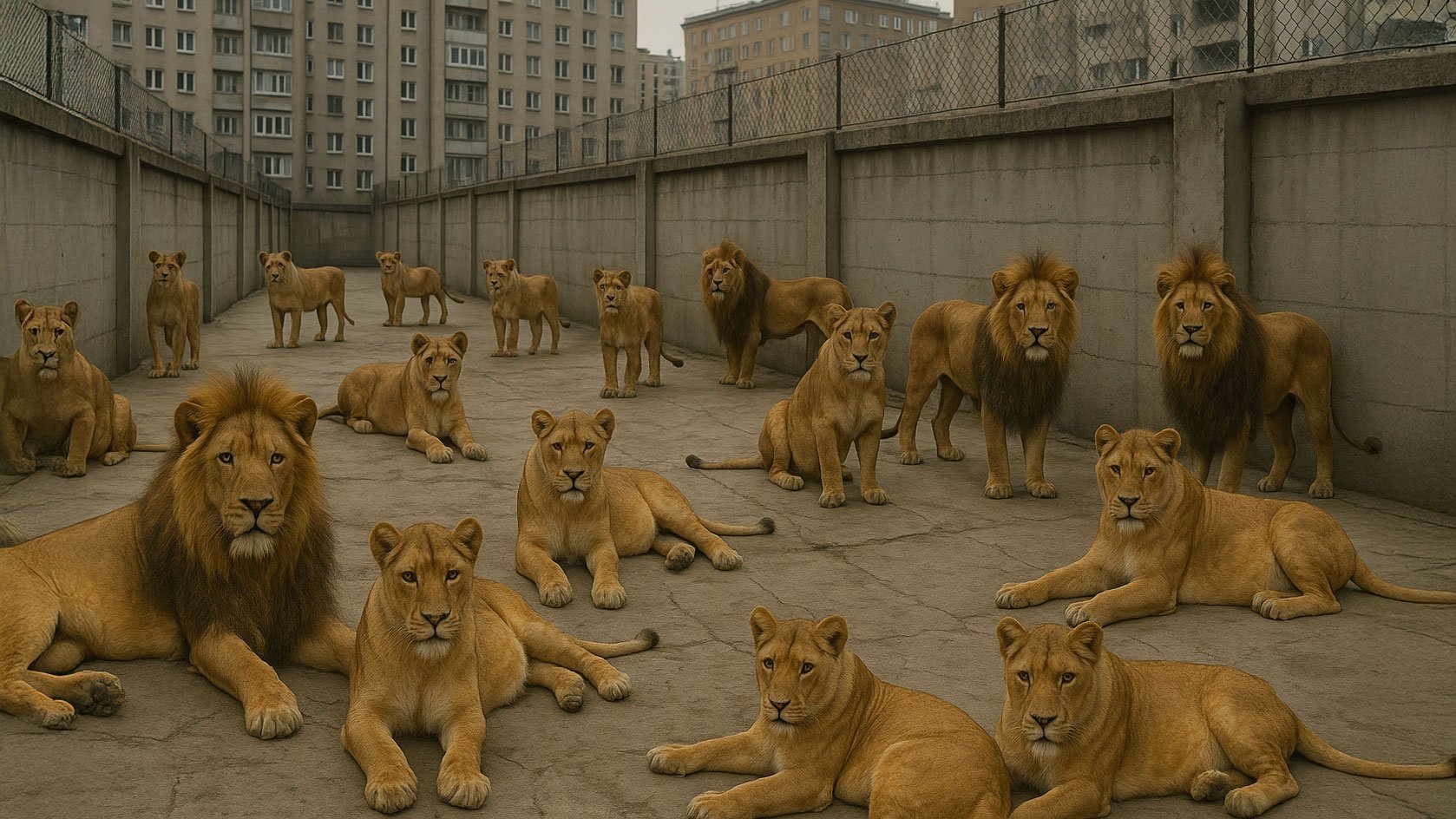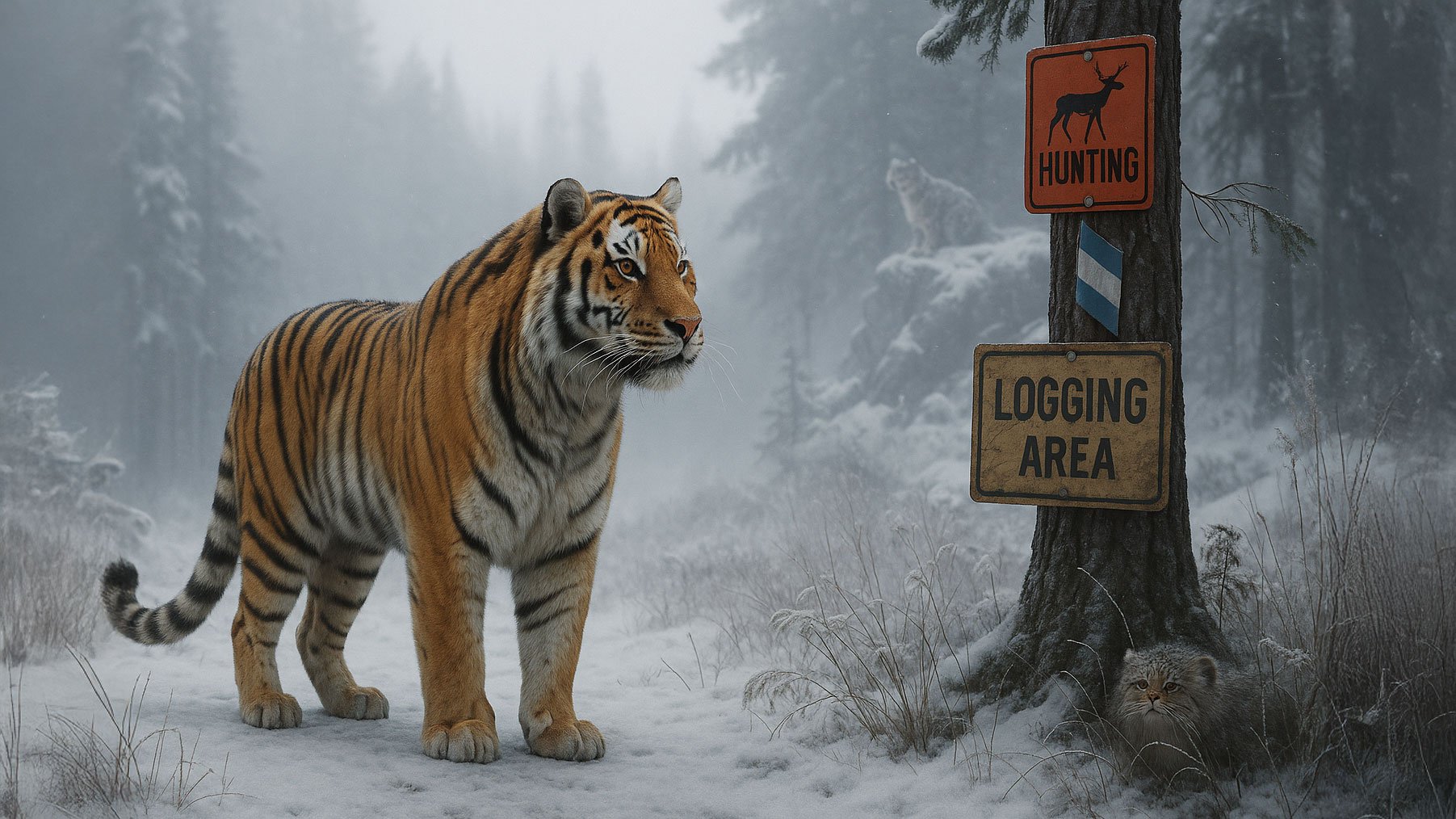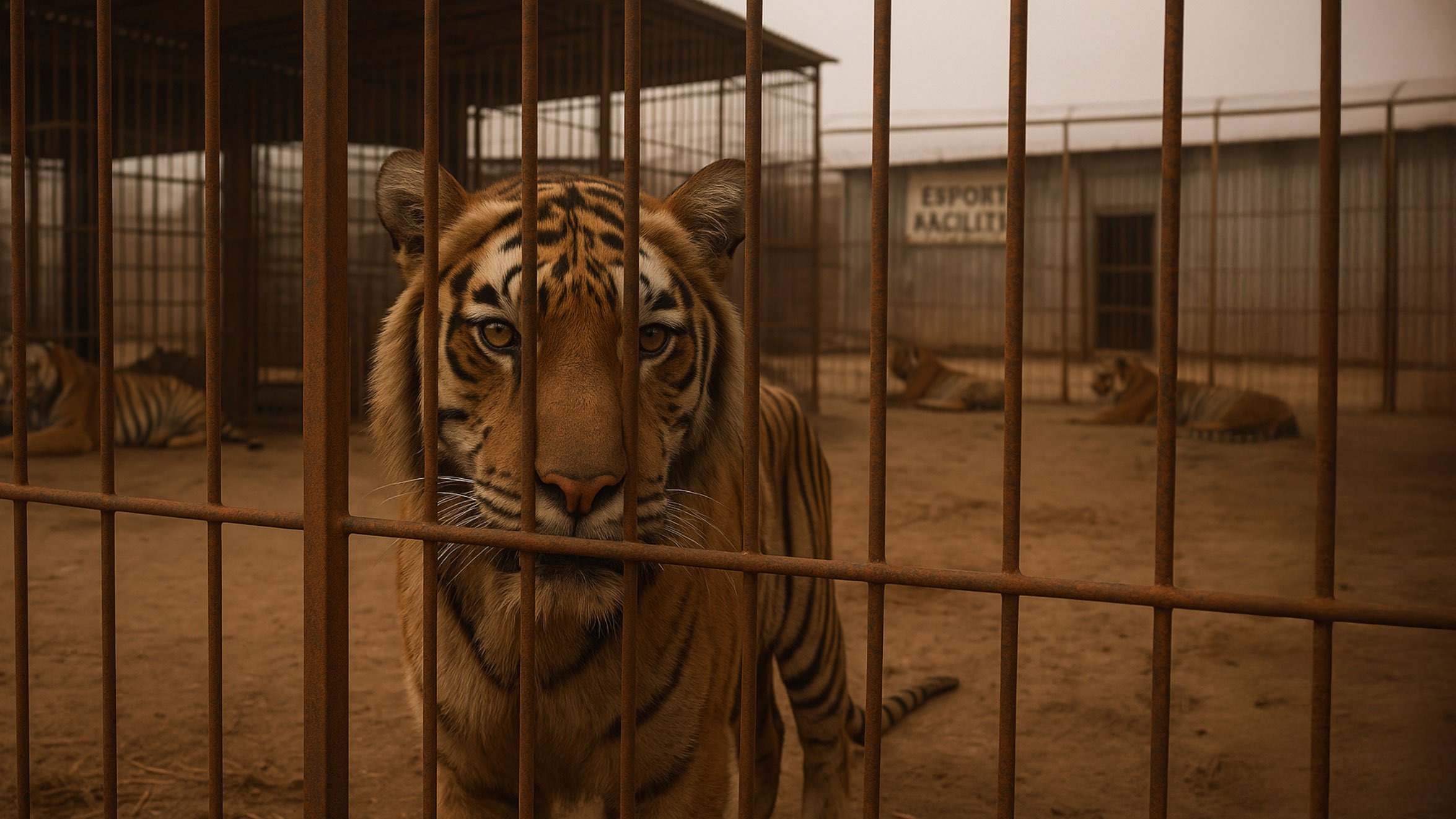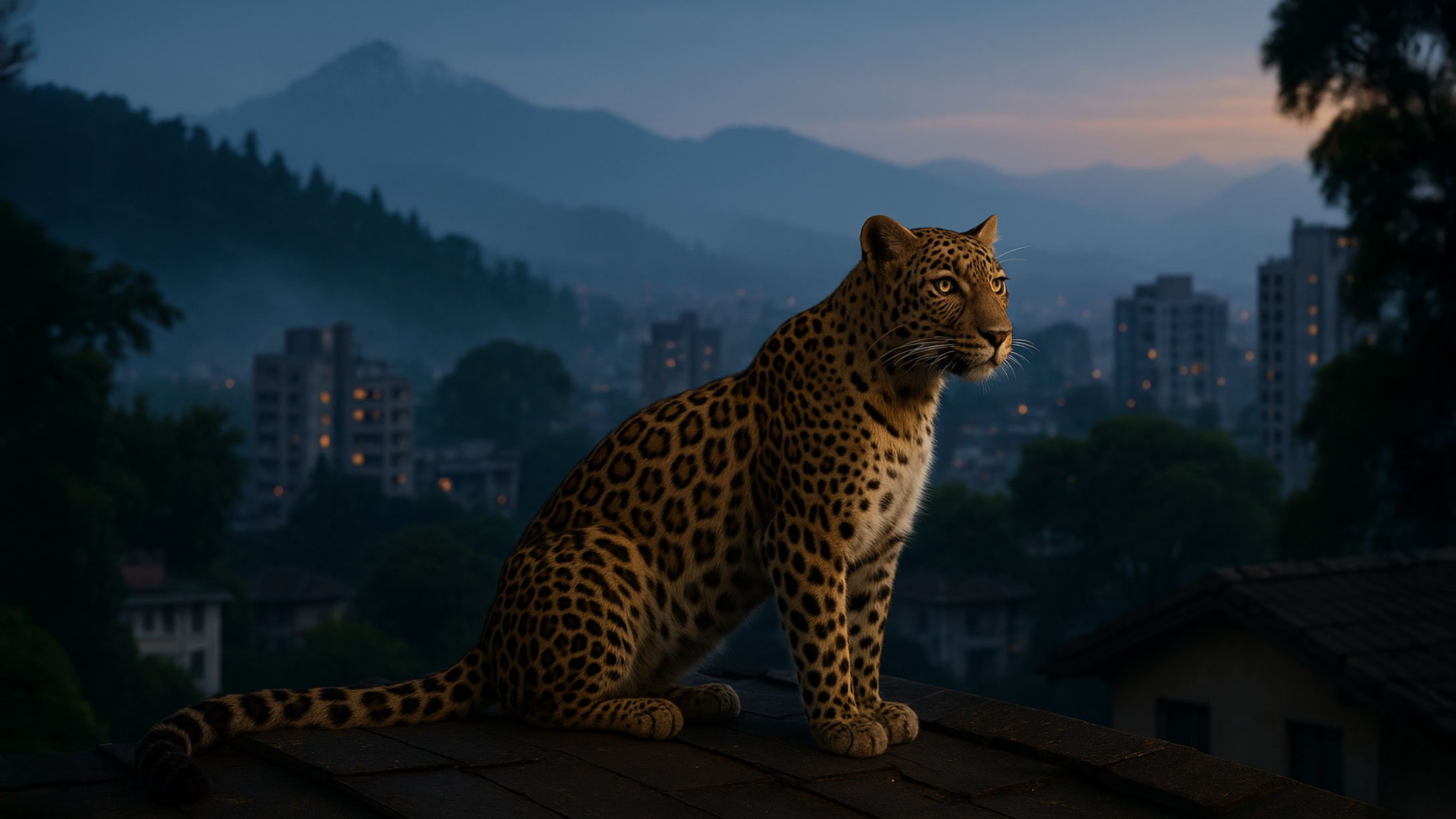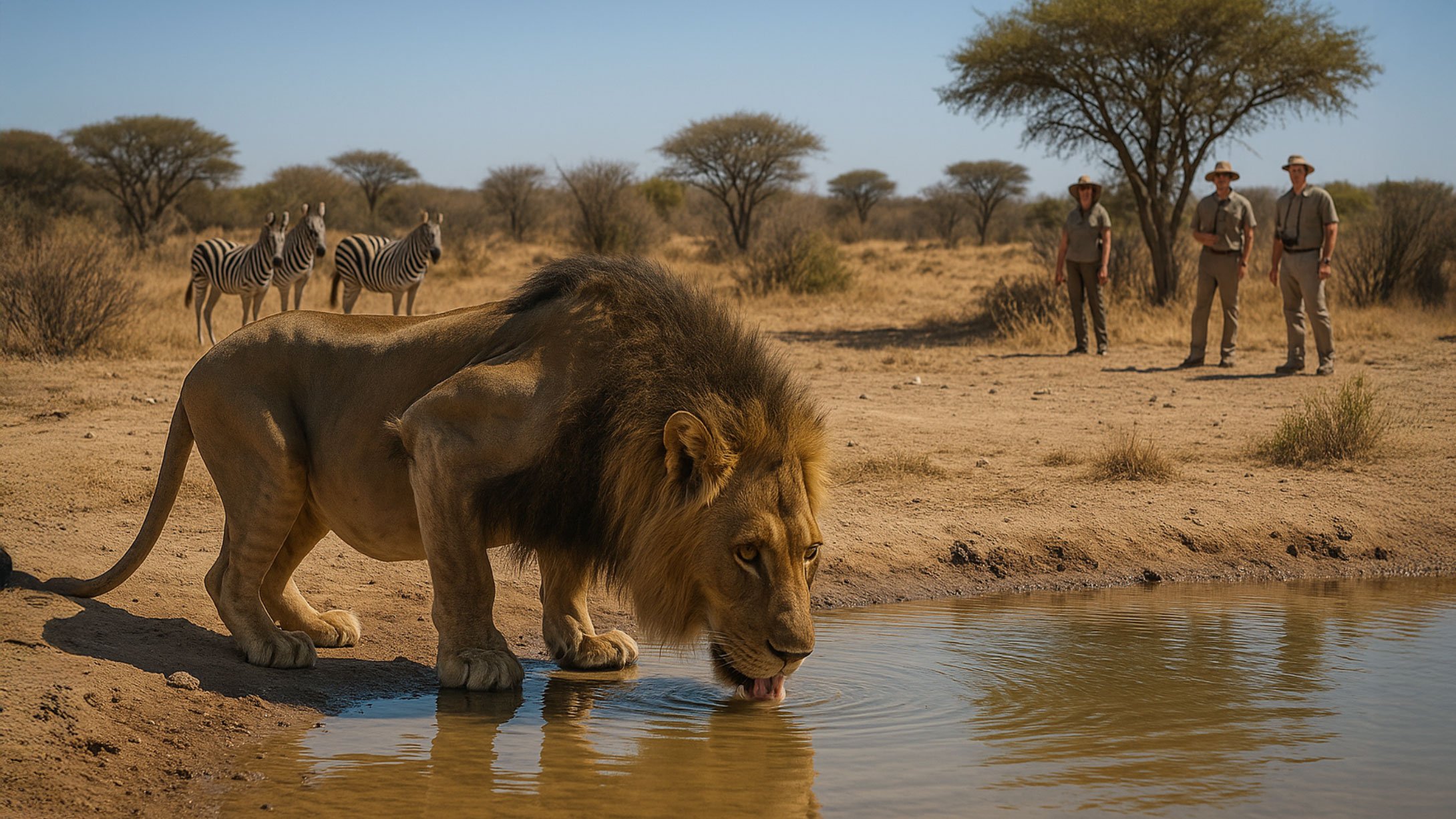Caged Under Conservation: The Hidden Cost of India’s Big Cat Imports
In the stillness of a crate being unloaded on a tarmac somewhere in India, a lion paces—frightened, confused, and thousands of miles from home. He is one of at least 540 big cats—lions, tigers, leopards, cheetahs, and jaguars—shipped into India between 2020 and 2025, not to be released into the wild where he belongs, but to disappear behind the walls of a privately funded facility called Vantara.
While Vantara calls itself the Greens Zoological Rescue and Rehabilitation Centre, and publicly claims to rescue and care for wildlife, the sheer scale and secrecy of its imports raise chilling questions: Where are these animals really coming from? And why?
An Industry Disguised as Conservation
South Africa, Mexico, the UAE—even Argentina (despite Argentina reporting no such exports)—are all on the list of countries supplying big cats to India. A closer look reveals troubling discrepancies between CITES records and commercial shipping data. For instance, India claims to have imported 49 tigers from Argentina, while Argentina denies any such exports. These aren't clerical errors. These are red flags.
Worse still, many of these cats are marked with trade codes like “Z” (zoological) and “C” (captive-bred), categories meant to ensure legal and ethical sourcing. But these labels are easily manipulated. “Z” can be applied to virtually any facility that claims to be a zoo, even those offering cub-petting attractions. “C” can mean captive-bred—even if the breeder isn’t registered to handle species on the brink of extinction. These loopholes in the system allow private collectors and commercial operators to launder animals through the appearance of legality.
The Vantara Problem
Vantara stands out not only for the sheer number of animals it has acquired but also for its refusal to open its doors to independent scrutiny. While it presents itself as a rescue and rehabilitation center, there is no public evidence of reintroduction programs or long-term welfare commitments. Instead, it has become a symbol of everything broken about the global trade in wild animals.
According to trade records, India imported over 33,000 live animals between May 2022 and December 2024. Of those, 38% were CITES-listed, meaning they’re supposed to be internationally protected. Yet many came from sources previously linked to wildlife trafficking or cub-handling for entertainment—industries notorious for mistreatment and neglect.
In a just system, animals rescued from exploitation would be released into carefully managed sanctuaries or rewilded under rigorous supervision. But that’s not what’s happening here. This is not rescue. It appears to be rebranding.
A System in Crisis
What’s perhaps most disturbing is how easy it is to hide exploitation behind a veil of conservation. The very systems meant to protect these magnificent creatures—CITES permits, source codes, and export regulations—are riddled with loopholes. They’re poorly enforced, inconsistently reported, and easily gamed by those who know how to exploit the gray areas.
The result? Animals suffer. And the public is misled.
The cats at Vantara may never feel grass under their paws again. They may never chase prey, raise cubs, or reclaim the instincts their ancestors honed over millennia. Instead, they face a life of confinement and commercial utility—at best as photo props, at worst as breeding machines.
We Can Still Turn This Around
This isn’t a hopeless story. It’s a wake-up call.
FOUR PAWS is pushing for urgently needed reforms:
Clear, enforceable definitions for CITES codes.
Public access to transparent, accurate trade records.
Independent oversight for breeding and sourcing claims.
A suspension of trade where information is missing or dubious.
And they’ve urged India to halt imports to Vantara until transparency and ethical standards are guaranteed.
But real change can’t come from legislation alone. It requires global citizens like you to care.
What You Can Do
🐾 Speak Up – Add your voice to the call for wildlife trade reform.
🐾 Be Discerning – Question every facility that keeps big cats. Never support places that offer cub petting or close encounters.
🐾 Donate – Support organizations like FOUR PAWS and Big Cat Rescue that expose these injustices and fight for ethical treatment.
🐾 Share This Story – Help raise awareness by spreading the word. The more people know, the harder it becomes for bad actors to hide.
Let’s not let another generation of big cats be born into cages disguised as sanctuaries. They belong in the wild—not as props in a broken system, but as ambassadors of a world worth protecting.
Source: https://www.four-paws.org/campaigns-topics/topics/help-for-big-cats/behind-the-scenes-what-the-big-cat-trade-to-india-tells-us-about-a-broken-system



